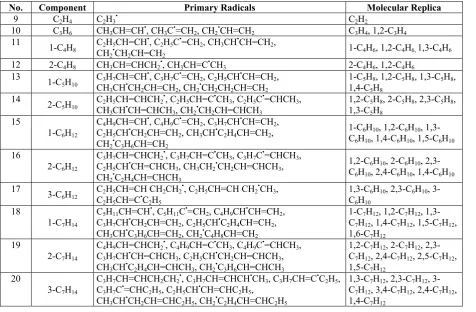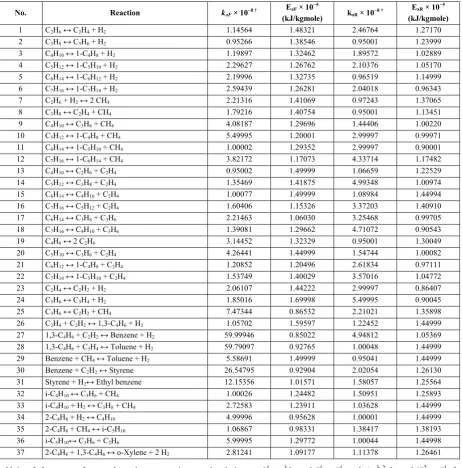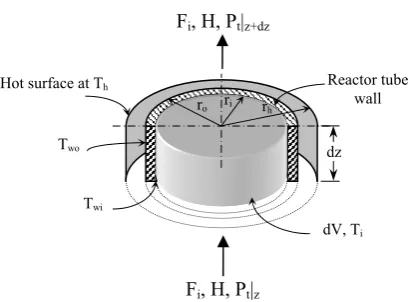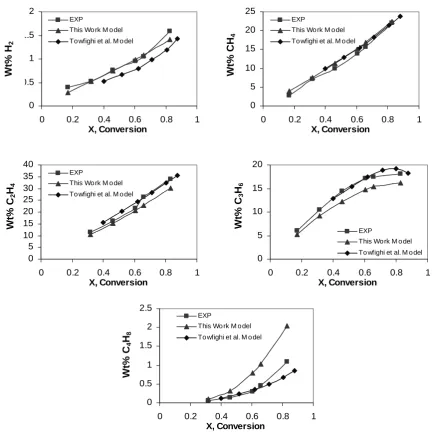Development of a Molecular Kinetic Model and Tuning of its Required Kinetic Parameters for Thermal Cracking of Light Hydrocarbons
Full text
Figure

![Table 2. Typical compound existing in light hydrocarbon feeds and cracking products [5, 14-16]](https://thumb-us.123doks.com/thumbv2/123dok_us/8887662.1823366/6.595.58.278.113.467/table-typical-compound-existing-light-hydrocarbon-cracking-products.webp)


Related documents
The paper is discussed for various techniques for sensor localization and various interpolation methods for variety of prediction methods used by various applications
To further elucidate the po- tential role of IL-31 in allergic rhinitis, we studied the release of IL-31 and IL-13 into nasal secretions and serum after unilateral allergen challenge
Diagnosis of highly vascularized tumors in the head and neck is challenging, especially because of the difficulty in differentiating cellular SFTs from other tumors that have
Twenty-five percent of our respondents listed unilateral hearing loss as an indication for BAHA im- plantation, and only 17% routinely offered this treatment to children with
The ethno botanical efficacy of various parts like leaf, fruit, stem, flower and root of ethanol and ethyl acetate extracts against various clinically
Experiments were designed with different ecological conditions like prey density, volume of water, container shape, presence of vegetation, predator density and time of
Therefore, we evaluated two reanalyses gridded data products, viz., Coordinated Regional Climate Downscaling Experiment (CORDEX) and National Centers for Environment Predictors
Nach einer erneuten Lagerung f¨ur 5 Minuten auf Eis schließt sich eine 10min¨utige Zentrifugation bei 4 ◦ C und 14000 U/min zum Abtrennen der


![Table 7. Advantages of the recommended model compared with Belohlav et al. [5] model.](https://thumb-us.123doks.com/thumbv2/123dok_us/8887662.1823366/14.595.60.527.231.724/table-advantages-recommended-model-compared-belohlav-et-model.webp)
![Figure 2. Total conversion of propane and conversion to primary products as a function of V/Fo at 800ºC [22]](https://thumb-us.123doks.com/thumbv2/123dok_us/8887662.1823366/15.595.115.501.394.646/figure-total-conversion-propane-conversion-primary-products-function.webp)
![Figure 3. Conversion of ethane as a function of V/Fo predicted by the model (lines) and experimental data (Points) [15]](https://thumb-us.123doks.com/thumbv2/123dok_us/8887662.1823366/16.595.81.486.89.349/figure-conversion-ethane-function-predicted-model-experimental-points.webp)
